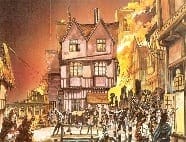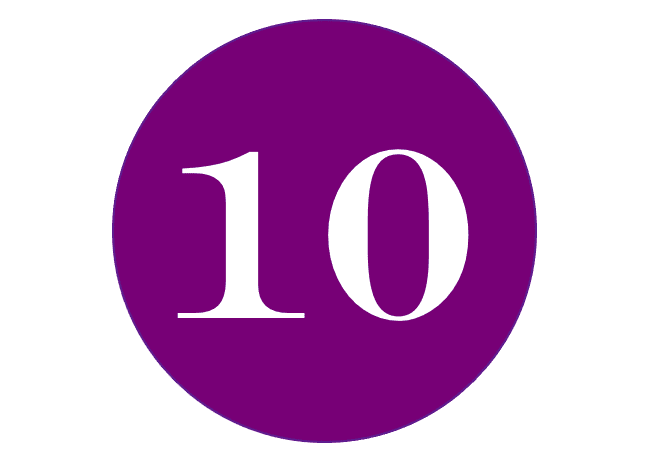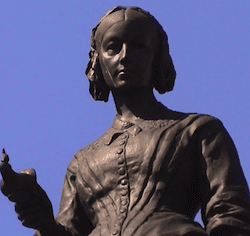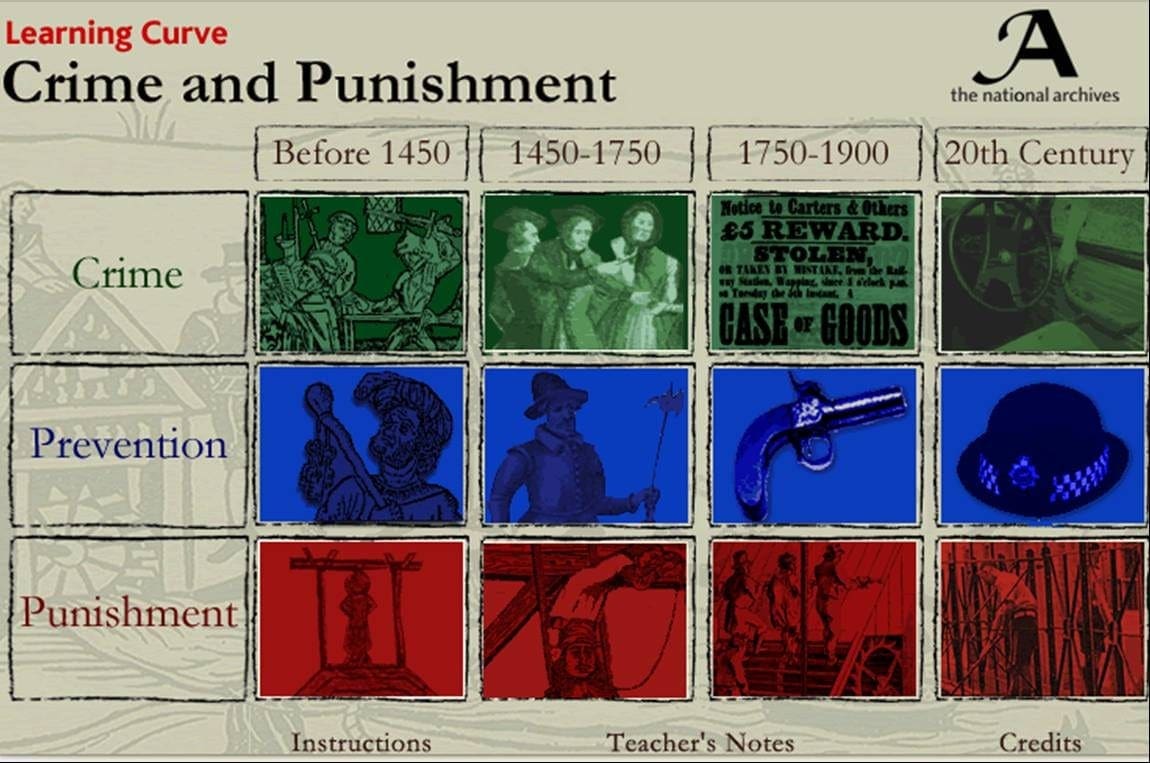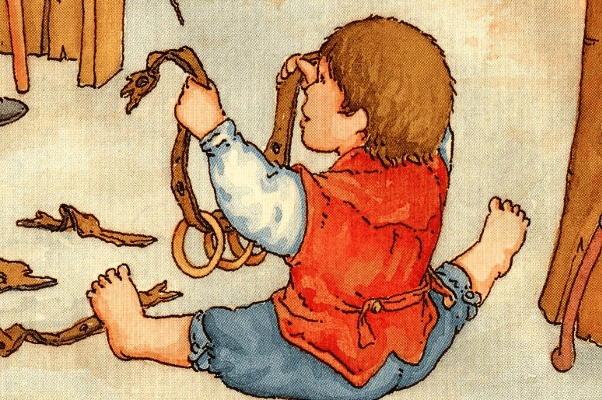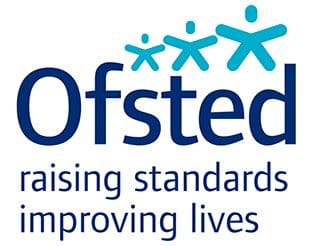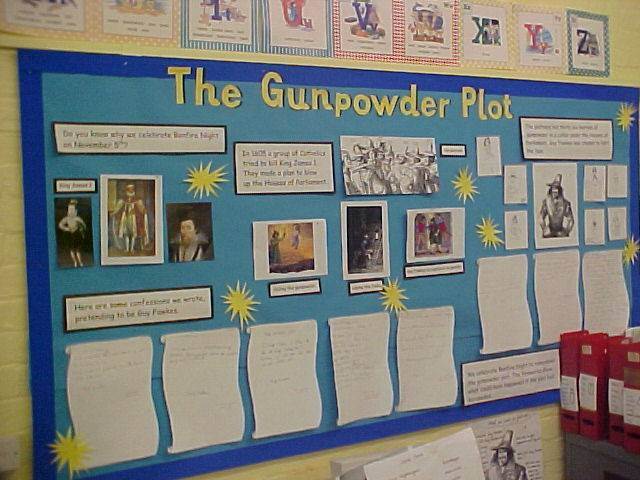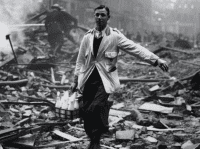Keystage history
Mary Anning – KQ5 – How do we know about Mary’s actions which happened so long ago?
The main activity in this session is called Prove it! A number of pieces of evidence from Mary’s time are…
Read MoreMary Anning – KQ6 – How and why should Mary Anning be remembered? Have your say.
In Lyme Regis they are going to improve their museum dedicated to Mary Anning. It will cost a lot of…
Read MoreThe Great Fire – KQ1 – How can we work out why the Great Fire started?
This innovative session places pupils right from the start of the enquiry in the role of detectives to discover when,…
Read MoreThe Great Fire – KQ2 – What happened during the Great Fire and how do we know?
This lesson focuses on the idea of evidence and proof. Can pupils find evidence to back up statements made in…
Read MoreFlorence Nightingale – KQ1 – Why do we think Florence Nightingale is remembered?
Pupils make deductions from a range of visual clues to see if they can work out what job Florence Nightingale…
Read MoreTeaching GCSE thematically: 10 approaches that really work
Now that all schools have to teach a thematic study I thought I’d share my experience of observing hundreds of…
Read MoreFlorence Nightingale – KQ2 – Why did Florence place herself in such danger by going to the Crimea?
Who influenced her decision to go? Already introduced to the major events in Florence’s life, children now speculate on why…
Read MoreThe Great Fire – KQ3 – Why did the Great Fire burn down so many houses?
This Great Fire lesson focuses on developing children’s powers of explanations. They will already have looked at the sequence of…
Read MoreFlorence Nightingale – KQ3a – Fighting Fit. What did Florence do to improve the lives of the soldiers when she arrived in the Crimea?
In this lesson children compare the appalling conditions in the hospitals on Florence’s arrival at Scutari. With the help of…
Read MoreFlorence Nightingale – KQ3b – Smart task – What did people really think of Florence Nightingale?
Learning objectives children can respond in role showing awareness of differing attitudes to Florence they can judge whether each group…
Read MoreThe Great Fire – KQ4 – Could more have been done to slow the spread of the fire?
This session comprises three distinct phases. The first is mime-based, looking at the firefighting methods used and discussing their disadvantages….
Read MoreThe Great Fire – KQ5 – How did people manage to live through the Great Fire?
Miraculously for a city that was the third largest in the world, consumed by a fire that lasted for days,…
Read MoreThe Great Fire – KQ5 Additional Resource – Crowdfunding is nothing new
Extra information to support your teaching of Key Question 5 – Crowdfunding is nothing new As we stress in this…
Read MoreThe Great Fire – KQ6 – How shall we rebuild London after the Great Fire?
This lesson gives full rein to children’s creative flair, disciplined by evidence. The City of London is offering a prize…
Read MoreFlorence Nightingale – KQ4a – What was Florence Nightingale’s greatest achievement?
Pupils have been drafted in to help with the wording on a statue to Florence Nightingale which had badly worn…
Read MoreFlorence Nightingale – KQ4b – Florence Nightingale’s days are numbered. Brilliant cross-curricular History and Mathematics
Every so often you see an inspiring example of history and numeracy working together seamlessly. Such a lesson was taught…
Read MoreFlorence Nightingale – KQ5 – How do we know so much about Florence Nightingale when she lived so long ago?
This differentiated core activity is Prove it! Working in pairs as detectives with their own find the clue sheets and…
Read MoreFlorence Nightingale – KQ6 – Should Florence Nightingale rather than Mary Seacole have her statue at St.Thomas’ hospital?
NB This lesson overlaps, as you would expect, with a similar lesson on Mary Seacole. It is slightly different in…
Read MoreMary Seacole – KQ1 – How can we work out why Mary Seacole is famous?
This session focuses on working out WHY Mary Seacole is commemorated today 200 years after she was born, and looks…
Read MoreKS1 Medium Term Planner: Louis Braille
The current history curriculum at KS1 asks schools to provide a little more coherence in their choice of significant people…
Read MoreMary Seacole – KQ2 – What were the most important events in Mary’s life?
Pupils watch a short film to establish the outlines of the story and then have to sequence a differentiated set…
Read MoreTeaching Crime and Punishment
I am sure you all know of the excellent websites out there to help you, but I would particularly recommend the Durham…
Read MoreLouis Braille – KQ1 – Why do you think Louis Braille is remembered today: Smart task
This session comprises two activities. Activity 1 – Pupils try to work out why Braille might be famous from visual…
Read MoreMary Seacole – KQ3 – What was Mary’s greatest achievement and how do we know?
The focus here is mainly on the evidence for Mary’s achievement. This is important as she was a more-or-less forgotten…
Read MoreLouis Braille – KQ2 – What were the most important moments, and who were the most significant people, in Louis Braille’s life?
This session comprises 3 key activities, so it is important to devote sufficient time to it. Please note that activities…
Read MoreLouis Braille – KQ3 – What motivated Louis? Why did he decide to invent a system of writing for the blind? Smart task
In contrast to the multi-faceted KQ2, these two relatively short activities will not take as long. They focus on Louis’…
Read MoreMary Seacole – KQ4 – How did life change for Mary after the Crimean war?
Pupils create a fortunes graph showing the highs and lows of Mary’s life after the Crimea, identify a key turning…
Read MoreLouis Braille – KQ4 – What changes to people’s lives did Louis make?
Step 1 This is a short activity in which pupils are asked to think of any uses of Braille they…
Read MoreLouis Braille – KQ5 – What makes Braille so special? Smart task
This very short task is preliminary to the major task that follows in KQ6 which explores how we should commemorate…
Read MoreLouis Braille – KQ6 – What should go in our Braille museum? Curator’s dilemma
Set the scene When Louis died no national papers covered the story. 100 years later in 1952 his body was…
Read MoreMary Seacole – KQ5 – What made Mary so special?
A short session aimed at generating adjectives to capture the special qualities that Mary had and to provide examples of…
Read MoreMary Seacole – KQ6 – Why doesn’t everyone agree that Mary deserves her statue at St. Thomas’ hospital?
This lesson places pupils in the role of Mantle of the Expert. A new monument to Mary Seacole was erected…
Read MoreWhat the latest biography of Mary Seacole tells us
In Helen Rappaport’s latest book “In Search of Mary Seacole: Making of a cultural icon”, we are told how Mary’s…
Read MoreOutstanding medium term planner for Ancient Civilizations: Egypt Y3
At one point in recent years, there were real fears that Ancient Egypt would be axed from the KS2 curriculum….
Read MoreNew evidence of Anglo-Saxon mutilations as punishment
Ninth-century England was a bad place to be a criminal, new findings suggest. The skull of an Anglo-Saxon teenager discovered…
Read MoreNew evidence at Chedworth Roman villa casts new light on Dark Ages
A mosaic at Chedworth Roman villa that was previously believed to date from the fourth century has now been radiocarbon-dated…
Read MoreMarch 2020 inspection
The history curriculum is currently being reviewed. You and your subject leader know that current planning in history does not…
Read MoreOutstanding Scheme of Work for Stone Age to Iron Age
This scheme of work, judged outstanding by an OFSTED history inspector now links to all the fully-resourced outstanding lessons and…
Read MoreTeaching the Gunpowder Plot to Key Stage 1
Ever since the Gunpowder Plot was included in the Programme of Study for Key Stage 1, there have been howls…
Read MorePlanner for Britain at War: The Home Front 1939-45
The new detailed downloadable planner below has key questions, suggested activities, resources and assessments for teaching The Home Front in…
Read MoreGunpowder Plot – Key Stage 1
If you are teaching about Bonfire night, Guy Fawkes or the Gunpowder Plot you will find the planning advice and…
Read MoreTeaching Germany 1919-45
Hodder produce some of the best GCSE books on Germany whether for the Modern World and for the SHP Depth…
Read MoreStone Age to Iron Age – KQ1 – Is it true to say that Stone Age man was just a simple hunter gatherer only interested in food and shelter?
This KS2 outstanding history lesson on the Stone Age revolves around the reveal of an object found at Star Carr…
Read MoreIdeas for teaching the post-1066 thematic unit at Key Stage 2
Whatever you choose to study for your post-1066 thematic unit here are some pointers to help. 1. Try to make…
Read MoreGuidance for teaching Amy Johnson as a Famous Person in Key Stage 1
This study of a significant individual has been designed to form part of a broader topic on a similar theme…
Read MoreWW2 – KQ1 – Why did Britain have to go to war in 1939?
Pupils learn the sequence of events leading to the Second World war before a lively role-play debate in which they…
Read MoreTeaching the British Empire KS3
In a recent article for the Telegraph, journalist and writer Jeremy Paxman made the following case for teaching the history…
Read MorePlanning for teaching 1000 years of Crime and Punishment (KS2 Thematic Unit)
This post-1066 thematic unit has been produced to meet demand from KS2 teachers for a topic that is genuinely relevant…
Read MoreTeaching Industrial Britain to Key Stage 3
We all know that this is a vast topic and one that some colleagues have difficulty with in motivating some…
Read MorePlanning for teaching Life in Tudor times at KS2
As you know, the requirement to study Life in Tudor Britain was mysteriously and inexplicably removed from the Key Stage…
Read More


